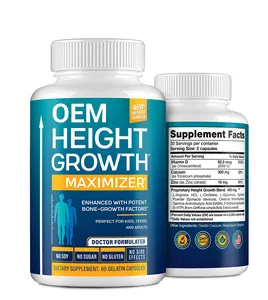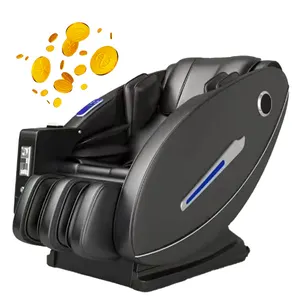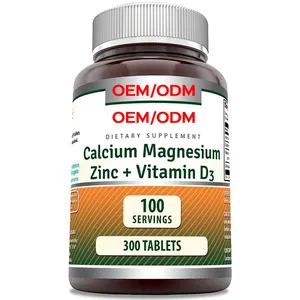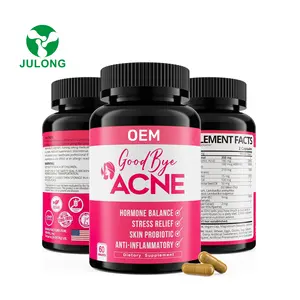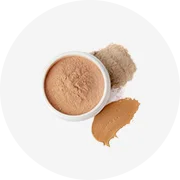आपके उद्योग में लोकप्रिय





















































































































































ओएचसी कॉपर शीट के बारे में
कई प्रकार के होते हैं। ओएचसी कॉपर शीट इसमें स्टेनलेस स्टील, सिलिकॉन, गुलाब क्वार्ट्ज और यहां तक कि स्वारोवस्की क्रिस्टल वाले भी शामिल हैं। वहां। ओएचसी कॉपर शीट जो आपके पसंदीदा गीत की ताल और ताल को कंपायमान करता है .. ओएचसी कॉपर शीट वॉटरप्रूफ डिजाइन में आते हैं और शरीर की जांच में सुरक्षित होते हैं। जब आप इनमें से कोई एक खरीदते हैं, तो खोने के लिए बहुत कुछ नहीं होता है, और हर किसी के अनुकूल होने के लिए कीमतें, ब्रांड और किस्में होती हैं।
व्यावहारिक रूप से। ओएचसी कॉपर शीट पिछली शताब्दी के अधिक बुद्धिमान आविष्कारों में से एक है। वे प्रतिरक्षा को बढ़ाते हैं, तनाव को दूर करते हैं, और यात्रा के लिए महान हैं .. ओएचसी कॉपर शीट यूएसबी, वॉटरप्रूफ डिजाइन और बॉडी-सुरक्षित सिलिकॉन के माध्यम से फास्ट-चार्जिंग जैसी सुविधाओं के साथ आते हैं .. ओएचसी कॉपर शीट आसानी से साफ, आसानी से पैक किया जाता है, और इसमें अंतर्निहित लोचदार तंग छल्ले और गुप्त सुख गुफाएं जैसी विशेषताएं हैं।
